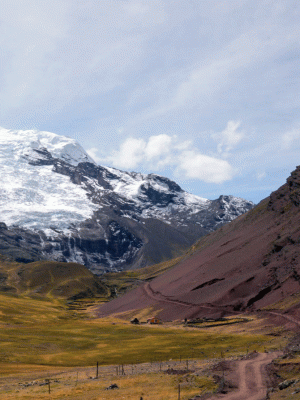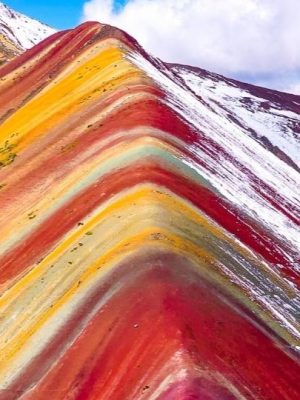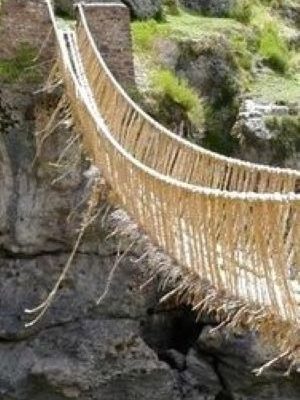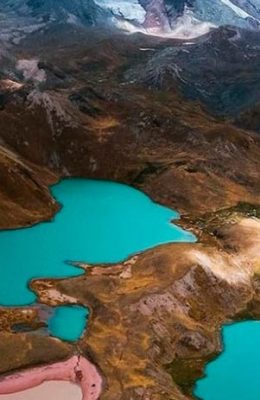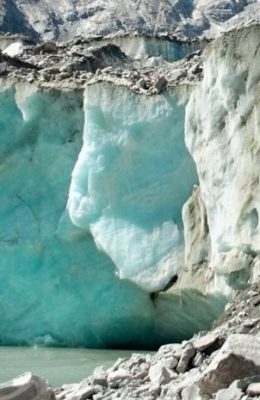CUSCO CLASSIC
Cusco, known as the “Archaeological Capital of the Americas” and the ancient capital of the Inca Empire (Tahuantinsuyo), is a fascinating city that blends Inca and Spanish colonial architecture.
Architectural Syncretism: The historic center is famous for its cobblestone streets and buildings that demonstrate the superposition of Spanish culture over Inca stone foundations, as seen in the Qoricancha (Temple of the Sun), upon which the Convent of Santo Domingo was built, and the Inca walls of the Twelve-Angle Stone.
Plaza de Armas: This is the heart of the city, surrounded by the imposing Cathedral Basilica of the Virgin of the Assumption and the Church of the Society of Jesus, both built on ancient Inca palaces.
Historical Significance: It was the political, administrative, and religious center of the vast Inca empire and preserves a profound mystical and cultural atmosphere.
Introduction
cusco
Cusco, known as the “Archaeological Capital of the Americas” and the ancient capital of the Inca Empire (Tahuantinsuyo), is a fascinating city that blends Inca and Spanish colonial architecture.
Architectural Syncretism: The historic center is famous for its cobblestone streets and buildings that demonstrate the superposition of Spanish culture over Inca stone foundations, as seen in the Qoricancha (Temple of the Sun), upon which the Convent of Santo Domingo was built, and the Inca walls of the Twelve-Angle Stone.
Plaza de Armas: This is the heart of the city, surrounded by the imposing Cathedral Basilica of the Virgin of the Assumption and the Church of the Society of Jesus, both built on ancient Inca palaces.
Historical Significance: It was the political, administrative, and religious center of the vast Inca empire and preserves a profound mystical and cultural atmosphere.
Difficulty and Preparation
- Difficulty: Moderate to high due to altitude and uneven terrain
- Preparation: It is essential to acclimatize to the altitude before starting the trek.
- Equipment: Thermal clothing, trekking boots, hiking poles, sunscreen and camping gear
5 DAYS- 4 NIGHTS
DAY 1: Arrival in Cusco & City Tour
Morning: Arrive at Cusco Airport (CUZ) and transfer to your hotel. Take the morning free to rest and acclimatize to the 3,400 m.a.s.l. altitude.
Afternoon: Archaeological City Tour (1:00 PM – 6:30 PM), visiting Qoricancha (Temple of the Sun), the Cusco Cathedral, and the sites of Sacsayhuamán, Q’enqo, Puka Pukara, and Tambomachay.
DAY 2: Sacred Valley of the Incas & Travel to Aguas Calientes
Full Day: Tour the Sacred Valley. Visit the ruins and market of Pisac, enjoy a buffet lunch in Urubamba, and explore the massive fortress of Ollantaytambo.
Evening: Board the train at Ollantaytambo to Aguas Calientes (Machu Picchu Pueblo).
DAY 3: Machu Picchu & Return to Cusco
Morning: Early bus up to the citadel for the Guided Tour of Machu Picchu.
Afternoon/Evening: Descend to Aguas Calientes, have lunch, and return to Cusco via train and ground transport.
DAY 4: Adventure or Cultural Day (Choose One)
Option A (Adventure): Rainbow Mountain (Vinicunca). A very early start (4:00 AM) for a strenuous hike that offers spectacular Andean views. (Full day).
Option B (Cultural): Maras and Moray. A half-day or full-day excursion visiting the unique circular terraces of Moray and the iconic Maras salt ponds.
DAY 5: Departure
Morning: Free time to visit the San Blas neighborhood, shop for souvenirs, or relax.
Appropriate Time: Transfer to the Cusco Airport for your departing flight.
INCLUDES + ROUTE DETAILS
Transportation
Pickup from your hotel in Cusco.
Transportation to the trek start.
Meals
Breakfast, lunch, and dinner during the trek.
Snacks (tea, hot water, cookies).
Cook and assistants during the trek.
Safety
First aid kit.
Emergency oxygen.
Not included:
Admission (15-20 soles)
Tips
Before the Hike
Acclimatize: Arrive in Cusco at least 2–3 days early to acclimatize to the altitude.
Pre-training: Hiking, running, or light cardio to build endurance.
Sleep well: Avoid staying up late or drinking alcohol the day before.
Equipment and Clothing
Small backpack (30–40 L): To carry water, snacks, a camera, a coat, and daily essentials.
Large backpack (60–70 L): If you don’t hire additional porters (mules usually carry some of the weight).
Layered clothing:
Quick-drying t-shirts.
Fleece jackets or a mid-layered coat.
Waterproof and windproof jacket.
Thermal clothing for the evenings (it gets very cold in Soraypampa).
Trekking footwear: Sturdy, comfortable, and waterproof boots.
Sandals/light sneakers: For resting at camp.
Hat, sunscreen, and sunglasses (strong sun at high altitudes).
Gloves, hat, and scarf (it can get cold in the early morning).
Headlamp with extra batteries.
Sleeping bag with a temperature of -10°C (if not, rent one).
Food and Hydration
Bring a reusable bottle or camelback (minimum 1.5–2 L).
Water purification tablets or a personal filter.
Energy snacks: nuts, chocolate, cereal bars.
Avoid alcohol and heavy meals during the trip.
Health and Safety Tips
Walk at your own pace, without rushing (especially on the climb to Salkantay Pass, 4,650 m).
Use coca leaves or sorojchi pills if you experience symptoms of altitude sickness.
Protect yourself from the cold at night and from the sun during the day (sudden changes in weather).
Bring a personal first-aid kit: pain relievers, band-aids, and your own medications.
Always follow the guide’s instructions.
Extras to Consider
Cash in soles (for swims, extra snacks, tips, and the Cocalmayo hot springs).
Swimsuit and a light towel if you plan to go to the hot springs.
Camera with extra battery (there’s not always electricity to charge).

